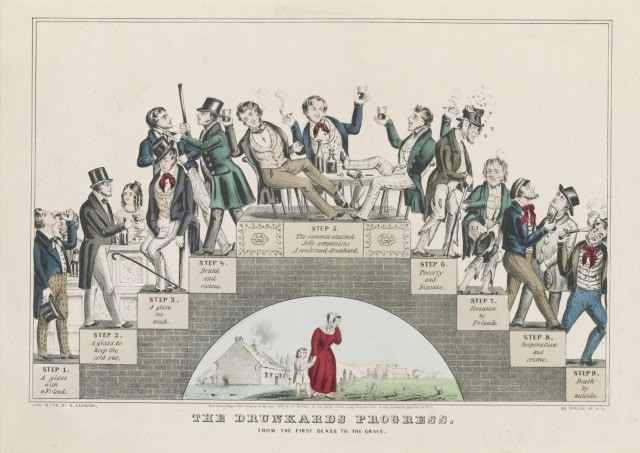
These little notes have become my way of documenting my text book reading. Mainly focused on the stuff I don’t already know about or don’t see very often.
- Alcoholics become dependant on alcohol for caloric supply
- The body can only utilise alcohol to make sugar or fatty acids. Therefore glycogen stores become depleted
- Alcoholic Ketoacidosis (AKA) usually occurs during period of abstinence following binge (think of the alcohol withdrawal patient)
- Lack of available glucose (low glycogen stores and previously abundant alcohol source now that patient is abstinent) leads to ketone body production
- Increased anion gap present but pH may be normal.
- due to mixed acid base probs like a metabolic alkalosis from vomiting. Hence the importance of doing the calculation using your favourite app.
- Urine ketones are often low despite severe disease
- this is a characteristic of the urine ketone test: it measures acetone or acetoacetate and doesn’t pick up beta hydroxybutyrate which is the big one here.
- Of note urine ketones may actually rise as they get better due to a shift in the NADH/NAD+ ratio
- Distinction from other ketoacidoses (?) is mainly on history.
- Important to give glucose to these patients as it is the glucose which will stimulate insulin release and turn off ketogenesis
- Remember at some point to give them some thiamine in your banana bag of choice. Thiamine is essential for glucose utilisation in the Krebs cycle.
- Everywhere says correct magnesium and phosphate but often it seems like after a few hours of treatment and improvement in the acidosis these seem to improve either way. And where’s the benefit of treating asymptomatic low magnesium and phosphate (or am I missing something here? I may well be so let me know!!!)
- They do not need insulin
- They do not (almost no one does) need bicarb
Reference:
Hardwood-Nuss Clinical Practice of Emergency Medicine 5th Ed p1019
Renal fellow network alcohol ketoacidosis
